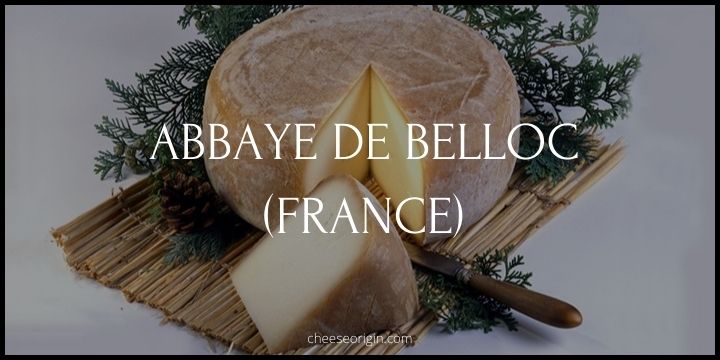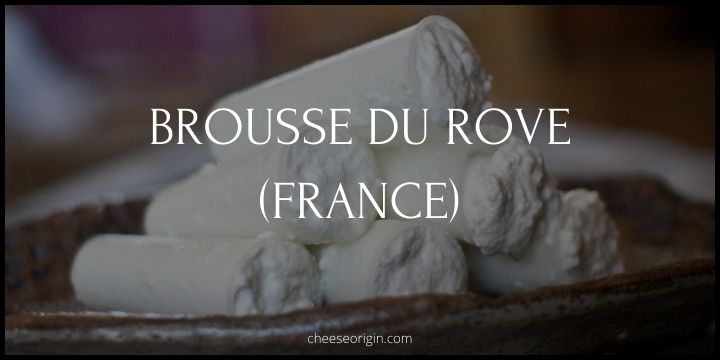What is Morbier? The Tale of a Two-Layered Cheese

Welcome to a journey that takes us to the heart of the Jura Mountains in France, where a unique and intriguing cheese known as Morbier is crafted. This isn’t your run-of-the-mill cheese; it’s a dairy delicacy that tells a tale as old as time.
With its distinctive two-layered appearance, Morbier cheese is more than just a treat for your palate – it’s a piece of culinary history that invites you to savor its rich heritage with every bite. From its striking black vein of vegetable ash to its pungent aroma and complex flavors, Morbier is a cheese that captivates and surprises.
Quick Facts About Morbier
| Quick Fact | Description |
|---|---|
| Origin | Morbier is originally from the Franche-Comté region of eastern France. |
| Ageing Time | Typically aged for about 45 to 60 days. |
| Texture | Semi-soft and creamy. |
| Flavor | Rich and creamy with a slightly bitter aftertaste. |
| Aroma | It has a strong, pungent aroma. |
| Layer of Ash | The distinctive ash line in the middle was traditionally used to separate morning and evening milk. |
| Color | The cheese itself is pale yellow, while the rind is yellow-brown. |
| Pairing | Pairs well with fruity red wines and dark beers. |
| Milk Type | Made from raw cow’s milk. |
| Production | Nowadays, both industrial and artisanal versions exist. |
| Designation | Protected Designation of Origin (PDO) status in Europe since 2002. |
| Serving | Often served as part of cheese platters or melted in traditional dishes. |
What is Morbier?
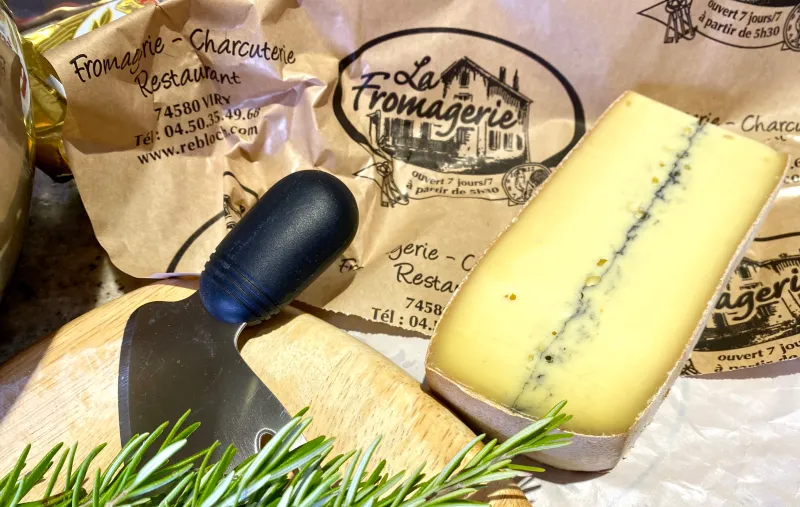
Morbier, a cheese that’s as intriguing as it is tasty, has its roots in the Franche-Comté region of eastern France. It’s not just any cheese; Morbier is a culinary journey that takes you from the picturesque French countryside to your dinner table. The semi-soft cheese, made from raw cow’s milk, perfectly captures the essence of its place of origin.
The first thing you’ll notice about Morbier is its distinctive look. The cheese is pale yellow, with a unique line of vegetable ash running through its center. This line isn’t merely decorative; it tells a story. Traditionally, the morning’s fresh milk was used to create the first layer of the cheese. The ash was then sprinkled on top to protect it until the evening milking, which formed the second layer of the cheese. This process is a nod to Morbier’s humble beginnings when it was made by cheesemakers for their own consumption using leftover curd.
Once you get past its striking appearance, Morbier delights your senses with its rich, creamy texture and slightly bitter aftertaste. The cheese has a strong aroma, a testament to its full-bodied flavor profile. It’s this complexity of taste that makes Morbier a favorite among cheese connoisseurs.
Morbier is versatile in its use. It’s often served as part of cheese platters, providing a contrast to milder cheeses. But it also melts beautifully, making it a perfect choice for traditional dishes like Raclette. When it comes to pairing, Morbier’s robust character stands up well to fruity red wines and dark beers.
In Europe, Morbier enjoys a Protected Designation of Origin (PDO) status, which means only cheeses produced in a specific region using a particular method can bear the name. Whether you’re a long-time cheese lover or someone new to the world of artisanal cheeses, Morbier is a must-try. It’s more than just a cheese; it’s a piece of culinary history.
What Does Morbier Taste Like?
Morbier is a complex, flavorful cheese that offers a symphony of tastes to the palate. The semi-soft cheese has a rich and creamy texture, which gives way to a distinctly robust flavor profile.
The initial taste of Morbier is mild and fruity, with a slight tang that’s reminiscent of fresh milk. This is followed by a deeper, more complex flavor that’s slightly bitter and nutty. Some even describe it as having a hint of citrus or hay, reflecting its pastoral origins.
Despite its strong aroma, Morbier’s taste is surprisingly balanced. It’s neither too strong nor too mild, but somewhere in between, making it appealing to both beginners and seasoned cheese enthusiasts alike.
The rind of the cheese, which is edible, adds another layer of flavor. It’s slightly crunchy and has an earthy taste that perfectly complements the creaminess of the cheese.
When it comes to aftertaste, Morbier lingers pleasantly on your tongue, leaving a slightly smoky, bitter note that makes you want to reach for another slice.
In essence, Morbier is a cheese that surprises and delights with every bite. Its unique blend of flavors and textures make it a standout in any cheese selection.
Morbier Tasting Notes
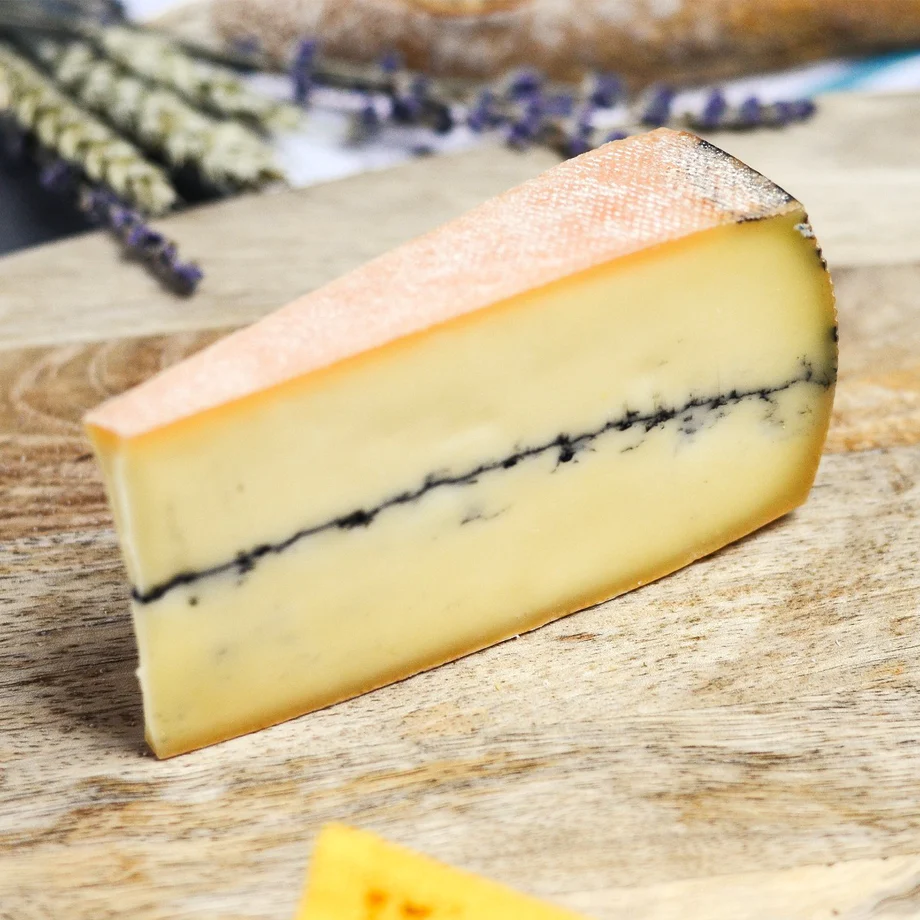
- Appearance: Morbier is a semi-soft cheese with a distinctive layer of ash running through the middle. The cheese itself has a pale yellow color, while the rind is yellow-brown. Its texture is creamy and pliable.
- Aroma: Morbier has a strong, pungent aroma that may be slightly off-putting to some. However, this aroma is characteristic of the cheese and hints at its robust flavor profile.
- Flavor: The initial taste of Morbier is mild and fruity, followed by a deeper, nuttier flavor. There’s also a slight bitterness and a hint of citrus or hay. Despite its strong smell, the taste is surprisingly balanced.
- Texture: Rich and creamy, Morbier melts in the mouth leaving a delightful sensation. The rind, which is edible, adds a slight crunch, providing a nice contrast to the creaminess of the cheese.
- Aftertaste: Morbier leaves a slightly smoky, bitter aftertaste that lingers pleasantly on the tongue.
- Pairings: Morbier pairs well with fruity red wines like Beaujolais or Pinot Noir, and dark beers. It can also be complemented by sweet fruits like grapes, figs, or crusty breads.
- Uses: It’s often served as part of cheese platters, providing a contrast to milder cheeses. But it also melts beautifully, making it a great choice for dishes like Raclette.
What is the Black Line in Morbier?
The black line in Morbier cheese is a layer of vegetable ash. This distinctive feature is not just for aesthetics; it has historical significance.
Why does Morbier have ash in it?
Morbier was traditionally made by cheesemakers for their own consumption using the leftover curd from making Comté cheese. The morning’s fresh milk was used to create the first layer of cheese, which was then covered with ash to protect it from flies and other pests until the evening milking. The evening’s milk was then used to form the second layer over the ash.
The ash was originally sourced from burnt vine twigs and the remnants of the cheesemaking process. Today, for commercial production, the ash is purely vegetable-based and edible, and it continues to be a hallmark of Morbier cheese.
While the ash does little to influence the flavor of the cheese, it adds an interesting visual element that sets Morbier apart from other cheeses.
How to Eat Morbier?
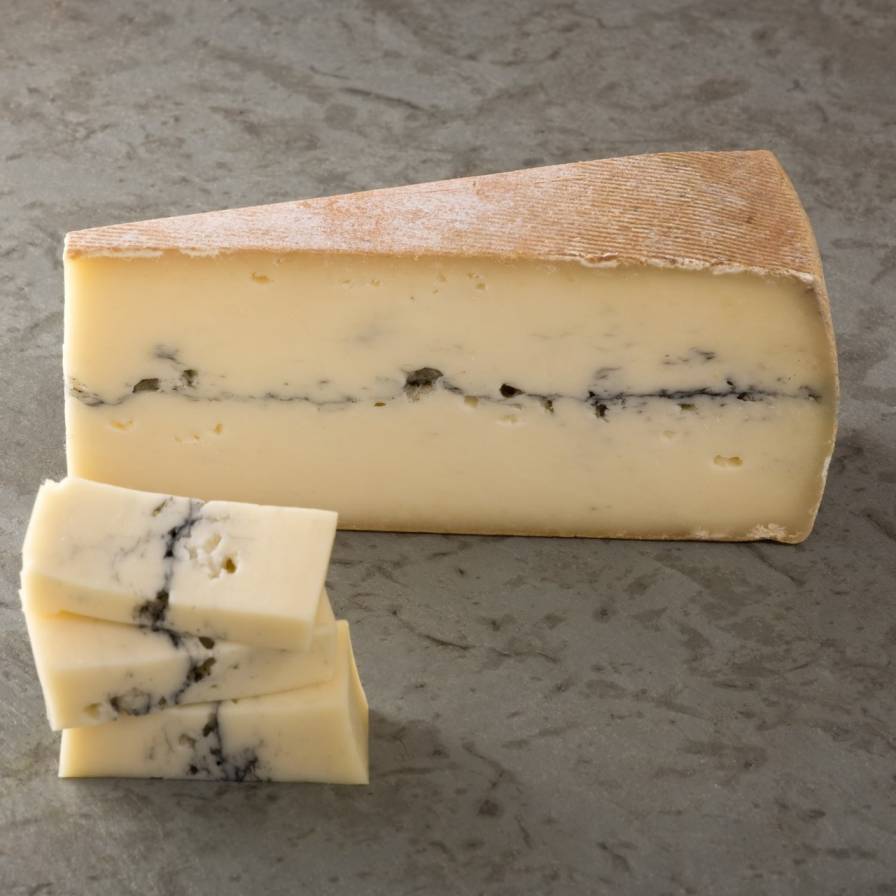
Morbier cheese is versatile and can be enjoyed in several ways:
- Cheese Platter: Morbier is a popular choice for cheese platters. Its unique appearance with the black line of ash running through the middle makes it a visually appealing choice. Pair it with fresh fruits like grapes, figs, apples, and nuts to balance its strong flavor.
- Cooking: Morbier melts beautifully, making it a great addition to various dishes. It can be used in fondue, melted over potatoes for a Raclette-style dish, or added to quiches and tarts.
- Sandwiches: Add slices of Morbier to sandwiches for a rich, creamy texture and robust flavor. It pairs well with cold cuts and crusty bread.
- Wine Pairing: Morbier pairs well with a variety of wines. Try it with a fruity red wine like Beaujolais or Pinot Noir, or a full-bodied white wine like Chardonnay.
- Serving Temperature: Like many cheeses, Morbier is best served at room temperature. Take it out of the fridge about an hour before you plan to eat it to let the flavors fully develop.
Note: the rind of Morbier is edible, so you can choose whether to eat it or remove it based on your personal preference.
7 Best Morbier Substitutes
| Cheese | Reason for Being a Good Substitute |
|---|---|
| Fontina | Fontina has a creamy texture and a slightly nutty flavor that is somewhat similar to Morbier. It also melts well, which makes it a good substitute for cooked dishes. |
| Gruyere | Gruyere is another semi-soft cheese with a flavor profile that matches Morbier’s. It’s robust and slightly sweet, which pairs well with many of the same foods as Morbier. |
| Raclette | Raclette is known for its excellent melting qualities, much like Morbier. It has a strong, distinctive flavor that stands up well in many recipes that call for Morbier. |
| Comté | Comté and Morbier are both French cheeses from the Franche-Comté region. Comté has a complex, nutty flavor that is similar to Morbier, though it lacks the ash layer. |
| Emmental | Emmental is a Swiss cheese with a slightly sweet and nutty flavor. It melts well, making it a suitable substitute for Morbier in cooked dishes. |
| Taleggio | Taleggio is an Italian cheese with a strong aroma but mild flavor. Its creamy texture and ability to melt well make it a good substitute for Morbier. |
| Reblochon | Reblochon is a French cheese with a creamy texture and nutty flavor. It has a similar consistency to Morbier and can be used in the same way, such as in sandwiches or melted in dishes. |
What Pairs Well With Morbier?
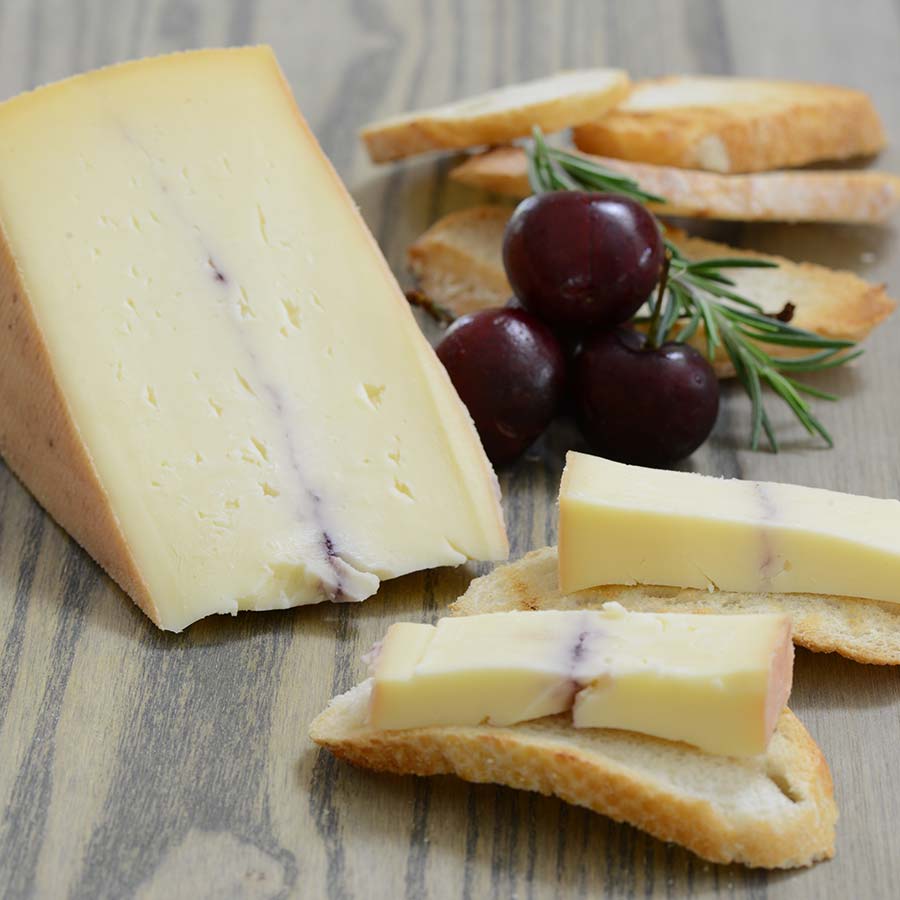
Food that goes well with Morbier:
| Category | Foods |
|---|---|
| Bread/Crackers | Baguette, sourdough bread, whole grain crackers, rye bread |
| Fruits/Vegetables | Fresh pears, apples, figs, grapes, cherry tomatoes, olives |
| Nuts/Seeds | Walnuts, almonds, pumpkin seeds, sunflower seeds |
| Meats | Prosciutto, salami, smoked turkey, roast beef |
| Condiments | Fig jam, honey, Dijon mustard, pickles |
| Other Cheeses | Brie, Camembert, Roquefort, Cheddar (for a cheese board) |
| Desserts | Dark chocolate, fruit tarts, apple pie |
Also read: 11 Best Crackers that Pair Well with Cheese
Beverage that goes well with Morbier:
| Category | Beverages |
|---|---|
| White Wine | Gewürztraminer, Chardonnay from California – Mendocino County, Arbois wine from the Jura region of France, Savagnin, Viognier |
| Red Wine | Merlot, Red Chassagne, Pinot Noir, Gamay |
| Other | Alpine white wines like Vin Jaune de Savoie |
These beverages were selected based on their ability to complement the strong and distinctive flavor of Morbier cheese. The high acidity and hint of sweetness in some of these wines balance well with the creamy, robust taste of the cheese.
Also read: Best Wine and Cheese Pairings: The Ultimate Guide
Frequently Asked Questions
1. Is the rind of Morbier edible?
Yes, the rind of Morbier cheese is indeed edible. It’s distinguished by a thin layer of vegetable ash running through the middle, which was traditionally used to separate the morning and evening milk. However, while it’s safe to eat, some people prefer to remove it due to its strong flavor. It’s entirely up to personal preference whether you eat it or not.
2. How do you pronounce Morbier?
Morbier is a French word and it’s pronounced as “mor-bee-ay”. The ‘r’ in the first syllable is lightly pronounced, almost silent, and the final ‘r’ is silent, as is common in French pronunciation.
3. Is Morbier a smelly cheese?
Yes, Morbier cheese is known to have a strong smell. It’s often described as pungent and is considered one of the smellier cheeses. However, despite its strong aroma, many people find its flavor to be quite enjoyable and not as intense as its scent might suggest. Its taste is typically described as rich, creamy, and somewhat nutty.
Also read:
- What is Stracchino (Crescenza)? The Creamy Treasure of Northern Italy
- What is Brie de Melun? An Ancestor of All Bries
- What is Langres? Tasting the Unique Flavor of Champagne Ardenne
- What is Chevrotin? The Savory Secret of Savoie
- What is Livarot Cheese? The Pungent Delight from Normandy
- What is Quark Cheese? A Hidden Dairy Gem
- What is Vacherin Mont d’Or? The ‘Holy Grail’ of Soft Cheeses

